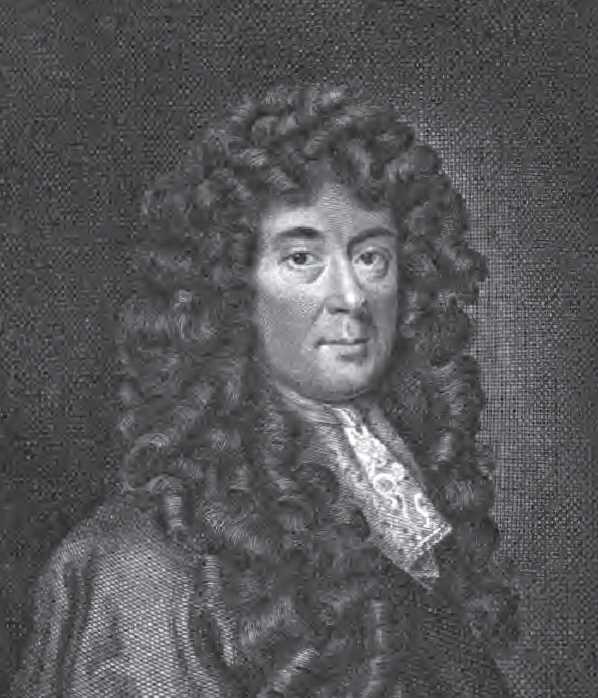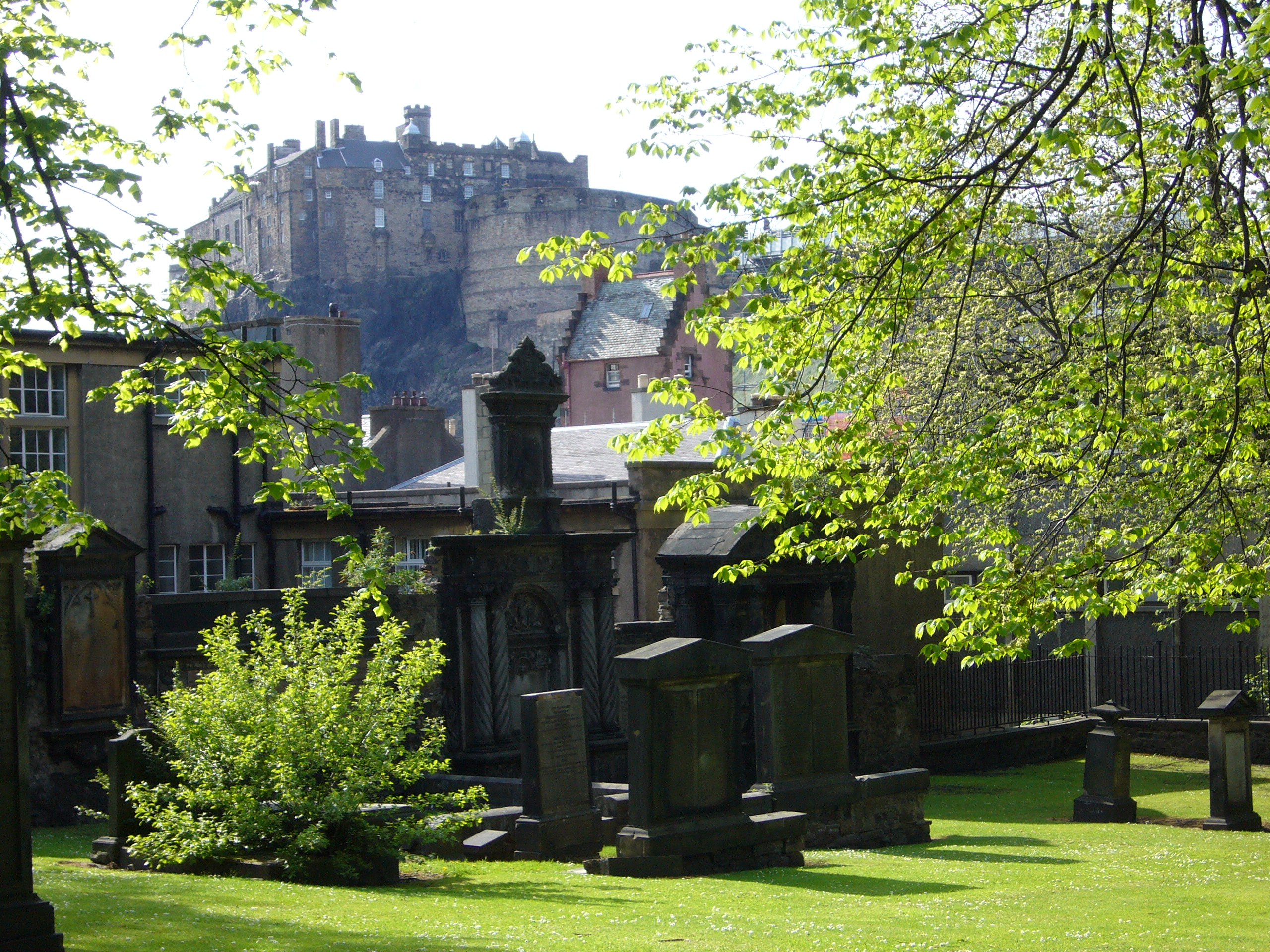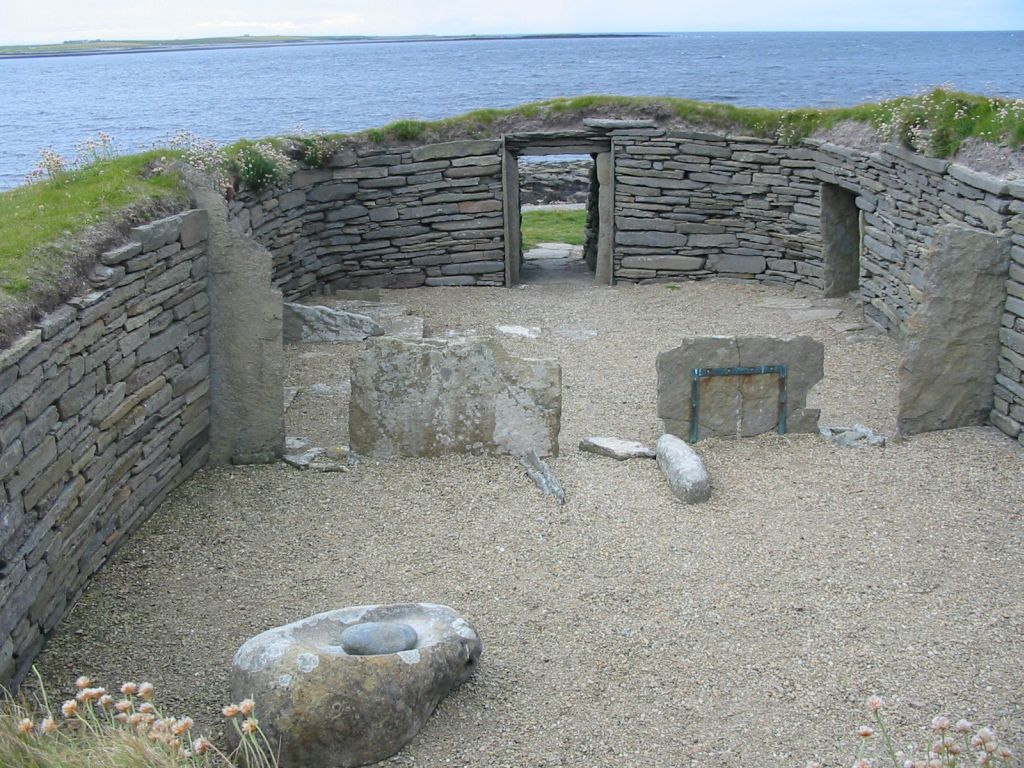|
The Killing Time
The Killing Time was a period of conflict in Scottish history between the Presbyterian Covenanter movement, based largely in the south west of the country, and the government forces of Kings Charles II and James VII. The period, roughly from 1679 to the Glorious Revolution of 1688, was subsequently called ''The Killing Time'' by Robert Wodrow in his ''The History of the Sufferings of the Church of Scotland from the Restoration to the Revolution'', published in 1721–22. It is an important episode in the martyrology of the Church of Scotland. Background In the century following the Reformation Parliament of 1560, the question of church government had been one of growing tension between popular opinion and the Monarch. While the Church of Scotland was Presbyterian in its legal status according to various acts of Parliament, King James VI had developed a compromise which tended towards an Episcopalian church government, but Calvinist theology. When King Charl ... [...More Info...] [...Related Items...] OR: [Wikipedia] [Google] [Baidu] |
Restoration (Scotland)
The Restoration was the return of the monarchy to Scotland in 1660 after the period of the Commonwealth, and the subsequent three decades of Scottish history until the Revolution and Convention of Estates of 1689. It was part of a wider Restoration in the British Isles that included the return of the Stuart dynasty to the thrones of England and Ireland in the person of Charles II. As military commander of the Commonwealth's largest armed force, George Monck, governor-general in Scotland, was instrumental in the restoration of Charles II, who was proclaimed king in Edinburgh on 14 May 1660. There was a general pardon for offences during the Wars of the Three Kingdoms, but four individuals were excepted and executed. Under the eventual political settlement Scotland regained its independent system of law, parliament and kirk, but also regained the Lords of the Articles and bishops, and it now had a king who did not visit the country and ruled largely without reference to Parliame ... [...More Info...] [...Related Items...] OR: [Wikipedia] [Google] [Baidu] |
George Mackenzie (lawyer)
Sir George Mackenzie of Rosehaugh (1636 – May 8, 1691) was a Scottish lawyer, Lord Advocate, essayist and legal writer. Early life Mackenzie, who was born in Dundee, was the son of Sir Simon Mackenzie of Lochslin (died c. 1666) and Elizabeth Bruce, daughter of the Reverend Peter Bruce, minister of St Leonard's, and Principal of St Leonard's Hall in the University of St Andrews. He was a grandson of Kenneth, Lord Mackenzie of Kintail and a nephew of George Mackenzie, 2nd Earl of Seaforth. He was educated at the King's College, University of Aberdeen (which he entered in 1650), the University of St Andrews, and the University of Bourges in France. Career Mackenzie was elected to the Faculty of Advocates in 1659, and spoke in defence at the trial of Archibald Campbell, Marquis of Argyll in 1661. He acted as justice-depute from 1661 to 1663, a post that involved him in extensive witch trials. Mackenzie was knighted, and was a member of the Scottish Parliament for the Co ... [...More Info...] [...Related Items...] OR: [Wikipedia] [Google] [Baidu] |
Church Of Scotland
The Church of Scotland ( sco, The Kirk o Scotland; gd, Eaglais na h-Alba) is the national church in Scotland. The Church of Scotland was principally shaped by John Knox, in the Scottish Reformation, Reformation of 1560, when it split from the Catholic Church and established itself as a church in the reformed tradition. The church is Calvinist Presbyterian, having no head of faith or leadership group and believing that God invited the church's adherents to worship Jesus. The annual meeting of its general assembly is chaired by the Moderator of the General Assembly of the Church of Scotland. The Church of Scotland celebrates two sacraments, Baptism and the Lord's Supper in Reformed theology, Lord's Supper, as well as five other Rite (Christianity), rites, such as Confirmation and Christian views on marriage, Matrimony. The church adheres to the Bible and the Westminster Confession of Faith, and is a member of the World Communion of Reformed Churches. History Presbyterian tra ... [...More Info...] [...Related Items...] OR: [Wikipedia] [Google] [Baidu] |
Scottish Reformation Parliament
The Scottish Reformation Parliament was the assembly commencing in 1560 that claimed to pass major pieces of legislation establishing the Scottish Reformation, most importantly the Confession of Faith Ratification Act 1560; and Papal Jurisdiction Act 1560. Background In 1559, John Knox returned to Scotland, marking a new effort in his battle to reform the nation. Scottish Protestants in the 1520s and 1530s were Lutherans such as Patrick Hamilton and George Wishart, who translated the First Helvetic Confession written by Heinrich Bullinger, marking the impact of the Swiss Reformation. With the return of Knox from Geneva Scottish Protestants rallied around him and the Scottish Reformation continued to be characterised by the example of John Calvin in Geneva. Queen dowager Mary of Guise, acting as regent for her daughter Mary, Queen of Scots, viewed the Protestants as a serious threat and felt the use of force would be necessary against them. Civil war appeared imminent, but eac ... [...More Info...] [...Related Items...] OR: [Wikipedia] [Google] [Baidu] |
Martyrology
A martyrology is a catalogue or list of martyrs and other saints and beati arranged in the calendar order of their anniversaries or feasts. Local martyrologies record exclusively the custom of a particular Church. Local lists were enriched by names borrowed from neighbouring churches. Consolidation occurred, by the combination of several local martyrologies, with or without borrowings from literary sources. This is the now accepted meaning in the Latin Church. In the Eastern Orthodox Church, the nearest equivalent to the martyrology is the Synaxarion and the longer Menologion. As regards form, one should distinguish between simple martyrologies that simply enumerate names, and historical martyrologies, which also include stories or biographical details; for the latter, the term ''passionary'' is also used. Oldest examples The martyrology, or ''ferial'', of the Roman Church in the middle of the fourth century still exists. It comprises two distinct lists, the ''Depositio marty ... [...More Info...] [...Related Items...] OR: [Wikipedia] [Google] [Baidu] |
Robert Wodrow
Robert Wodrow (167921 March 1734) was a Scottish minister and historian, known as a chronicler and defender of the Covenanters. Robert Wodrow was born at Glasgow, where his father, James Wodrow, was a professor of divinity. Robert was educated at the university and was librarian from 1697 to 1701. From 1703 till his death, he was parish minister at Eastwood, near Glasgow. He had sixteen children, his son Patrick being the "auld Wodrow" of Burns's poem Twa Herds. Biography Robert Wodrow was the youngest son of James Wodrow, Professor of Divinity, at the University of Glasgow. He was born in the Trongate there, April (or September) 1679. At the very hour of his birth, soldiers under warrant of the Privy Council, were searching the house to seize his father, but the latter, having exchanged clothes with the physician's man-servant, succeeded in escaping. Wodrow entered the University of Glasgow in 1691, and graduated with an M.A. on 18 January 1697. He served as chaplain in th ... [...More Info...] [...Related Items...] OR: [Wikipedia] [Google] [Baidu] |
Covenanters
Covenanters ( gd, Cùmhnantaich) were members of a 17th-century Scottish religious and political movement, who supported a Presbyterian Church of Scotland, and the primacy of its leaders in religious affairs. The name is derived from ''Covenant'', a biblical term for a bond or agreement with God. The origins of the movement lay in disputes with James VI, and his son Charles I over church structure and doctrine. In 1638, thousands of Scots signed the National Covenant, pledging to resist changes imposed by Charles on the kirk; following victory in the 1639 and 1640 Bishops' Wars, the Covenanters took control of Scotland and the 1643 Solemn League and Covenant brought them into the First English Civil War on the side of Parliament. Following his defeat in May 1646 Charles I surrendered to the Scots Covenanters, rather than Parliament. By doing so, he hoped to exploit divisions between Presbyterians, and English Independents. As a result, the Scots supported Charles in the 16 ... [...More Info...] [...Related Items...] OR: [Wikipedia] [Google] [Baidu] |
Covenanter
Covenanters ( gd, Cùmhnantaich) were members of a 17th-century Scottish religious and political movement, who supported a Presbyterian Church of Scotland, and the primacy of its leaders in religious affairs. The name is derived from ''Covenant'', a biblical term for a bond or agreement with God. The origins of the movement lay in disputes with James VI, and his son Charles I over church structure and doctrine. In 1638, thousands of Scots signed the National Covenant, pledging to resist changes imposed by Charles on the kirk; following victory in the 1639 and 1640 Bishops' Wars, the Covenanters took control of Scotland and the 1643 Solemn League and Covenant brought them into the First English Civil War on the side of Parliament. Following his defeat in May 1646 Charles I surrendered to the Scots Covenanters, rather than Parliament. By doing so, he hoped to exploit divisions between Presbyterians, and English Independents. As a result, the Scots supported Charles in the 16 ... [...More Info...] [...Related Items...] OR: [Wikipedia] [Google] [Baidu] |
Presbyterian
Presbyterianism is a part of the Reformed tradition within Protestantism that broke from the Roman Catholic Church in Scotland by John Knox, who was a priest at St. Giles Cathedral (Church of Scotland). Presbyterian churches derive their name from the presbyterian polity, presbyterian form of ecclesiastical polity, church government by representative assemblies of Presbyterian elder, elders. Many Reformed churches are organised this way, but the word ''Presbyterian'', when capitalized, is often applied to churches that trace their roots to the Church of Scotland or to English Dissenters, English Dissenter groups that formed during the English Civil War. Presbyterian theology typically emphasizes the sovereignty of God, the Sola scriptura, authority of the Scriptures, and the necessity of Grace in Christianity, grace through Faith in Christianity, faith in Christ. Presbyterian church government was ensured in Scotland by the Acts of Union 1707, Acts of Union in 1707, which cre ... [...More Info...] [...Related Items...] OR: [Wikipedia] [Google] [Baidu] |
Scottish History
The recorded begins with the arrival of the Roman Empire in the 1st century, when the province of Britannia reached as far north as the Antonine Wall. North of this was Caledonia, inhabited by the ''Picti'', whose uprisings forced Rome's legions back to Hadrian's Wall. As Rome finally withdrew from Britain, Gaelic raiders called the ''Scoti'' began colonising Western Scotland and Wales. Prior to Roman times, prehistoric Scotland entered the Neolithic Era about 4000 BC, the Bronze Age about 2000 BC, and the Iron Age around 700 BC. The Gaelic kingdom of Dál Riata was founded on the west coast of Scotland in the 6th century. In the following century, Irish missionaries introduced the previously pagan Picts to Celtic Christianity. Following England's Gregorian mission, the Pictish king Nechtan chose to abolish most Celtic practices in favour of the Roman rite, restricting Gaelic influence on his kingdom and avoiding war with Anglian Northumbria. Towards ... [...More Info...] [...Related Items...] OR: [Wikipedia] [Google] [Baidu] |






